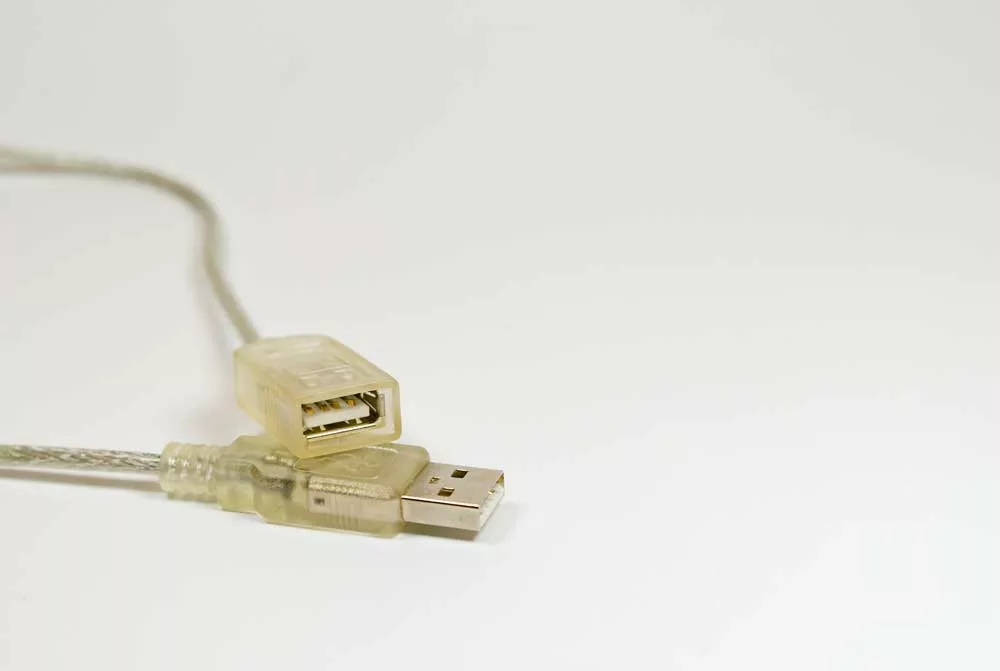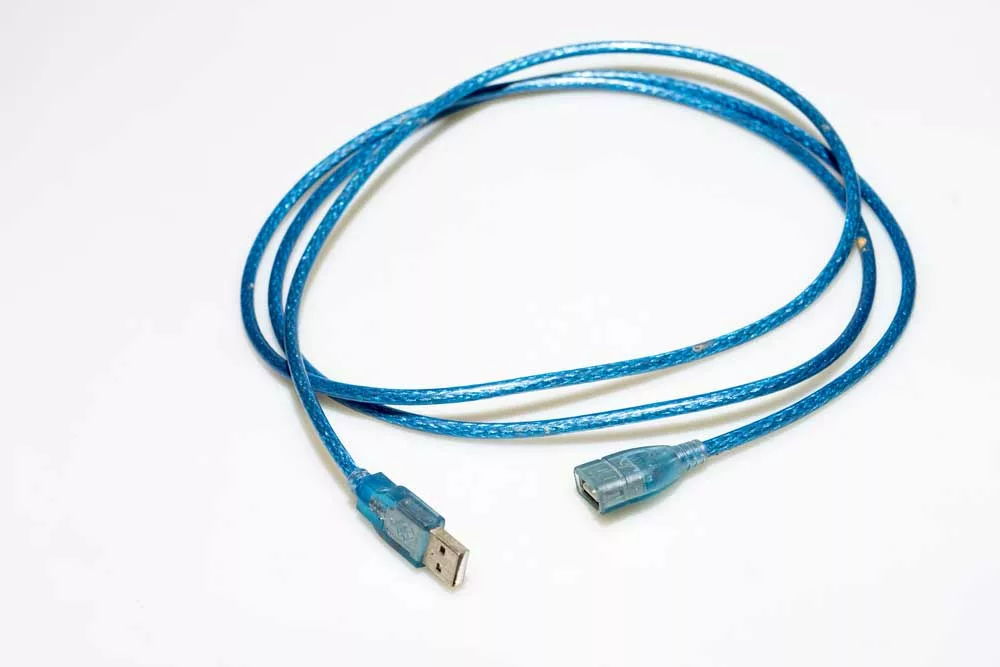About USB extension cables: When the USB standard was first introduced, it aimed to connect your computer to peripherals like keyboards, mice, printers, or storage devices.
All these connections require short-length USB cables. However, in the present times, you use USB in almost all sorts of applications, irrespective of the length needed.
For instance, USB connects your laptops to the wall-mounted Tvs placed almost 30 feet away or more.
Also, you can use USB to connect your office computer to a camera installed in the hallway.
The extended length of USB cables is possible with the help of selected cables and extenders.
In this write-up, we will discuss USB length limits, the technology, and how to extend the USB connections without affecting the signal strength.
Table of Contents
- Why do USB cables have a maximum length limit?
- Can you extend the length with the help of USB extension cables?
- Can you go beyond the USB extension cable length limit?
- Conclusion:
Why do USB cables have a maximum length limit?
In the communication protocols involving sending data between computers and other devices, you use a signaling method known as Duplex.
The technique consists of the use of USB ethernet for connection. In the Duplex, the devices on both ends communicate with themselves in both directions.
Whenever a USB host sends data to the connected device through USB, the host waits for the receiver’s response before sending the next data packet.
If the host does not respond, it will send the data packet again.
So, in this case, timing plays a significant role. The USB host has less time to send signals and receive responses as the data transfer rate increases.
Also, the more the signal has to travel, the higher the chances for the “late collision” error. Thus, it is good to use short-length cables for a higher data transmission rate.

A usb female to male cable
Can you extend the length with the help of USB extension cables?
Yes, you can extend the length of the USB cables. However, the increasing length affects the power output and data transfer rate.
There are multiple USB standards in the market, like USB 2.0, USB 3.0 and more.
You must understand that the USB standards are different from the USB connectors.
For instance, USB-C connectors and cables can have different USB standards.
| USB specification | Maximum rate of data transfer | Recommended length of the cable |
| USB 1.0Full speed | 12 Mbps | 3 meters |
| USB 2.0 High speed (USB-C included) | 480 Mbps | 5 meters |
| USB 3.2 generation 1 (USB-C included) | 5Gbps | 2-3 meters (6-9 feet) |
| USb 3.2 generation 2 (USB-C included) | 10 Gbps | 3 meters (9 feet) |
| USB 3.2 generation 2*2USB-C only | 20 Gbps | 3 meters (9 feet) |
| USB 4USB-C only | 40 Gbps | 0.8 meters (31 inches) |

USB male-to-female extension cable
So, when extending a USB cable length, you must match the length based on your USB standard.
For example, you cannot use too long USb 3.2 generation 2 cable (up to 9 feet) for a lot of data transfer.
This is because the maximum length limitation for the highest-performing USB standard is only 3 meters.
Can you go beyond the USB extension cable length limit?
So, the maximum length of a USB regular cable is only 3 meters. What if you want a length higher than that?
Thankfully, there are options, though they will cost you a bit more.
USB active cables:
USB active cables or one-port USB hubs have electronics that generate USB signals.
These USB active cables are usually bus-powered. If you want to get the entire 500mA USB port power, you must use a separate adapter.
Despite all this, you may face signal transfer delay if you use active USB cables longer than their standards. These cables do not offer all USB features like 4K video output.
For these cases, you can use optical USB cables. These cables use light for transferring data, resulting in faster data transfer with lesser attenuation.
This length depends on whether you use an active cable with a regular cable.
When not using a regular cable, the maximum size for an active cable is 30 m for USB 2.0 and 18m for USB 3.0 and USB 3.1.
On the contrary, when you are using a regular cable (max. Length for USB 2.0 and USb 3.0 are 5m and 3m, respectively) with an active cable, the maximum length of an active cable is 25 meters for USB 2.0 and 15 meters for USB 3.0 and USB 3.1.
USB over ethernet extenders:
The USB over Ethernet (Cat5/Cat6/Cat7) extension adapter is a USB hub with one or more multiple ports and an ethernet port.
This USB over ethernet adapter takes signals from the USB cable and converts them into another form to transmit them over Ethernet.
At the other end, the signal reconverts into a standard USB signal.
These extenders can successfully transfer data up to 50 meters without signal loss.
Using a USB 3.0+ cable and device with these extenders, the data transfer speed can go up to 1000Mb/s.
This adapter differs from the USB network adapter that sets internet connections via a USB port.
USB over fiber extenders:
These extenders have fiber-optic and USB ports and allow data transfer over a fiber-optic cable.
These adapters also convert USB signals into light signals to transmit them over a fiber-optic cable. These signals are reconverted into USB signals at the other end.
You can get a 5-10 Gb/s speed using these extenders with a USB 3.0+ cable and device. With these adapters, you can put your USB device anywhere you want.
This extender is one of the best choices when your laptops are connected to devices like scanners, cameras, printers, etc., kept over a long distance.

USB hubs
Conclusion:
So, you need not limit yourself to the USB cable max. Length limit. You have too many options for length extension.
The only thing to consider is the USB cable and device versions and the USB standards. Using the right equipment gives you the best results with high signal quality.
For detailed information regarding cables and wires, contact Cloom. We are a leader in manufacturing high-quality cable assemblies with customized solutions.
Our professionals can also guide you to get the best cables suitable for your applications.
